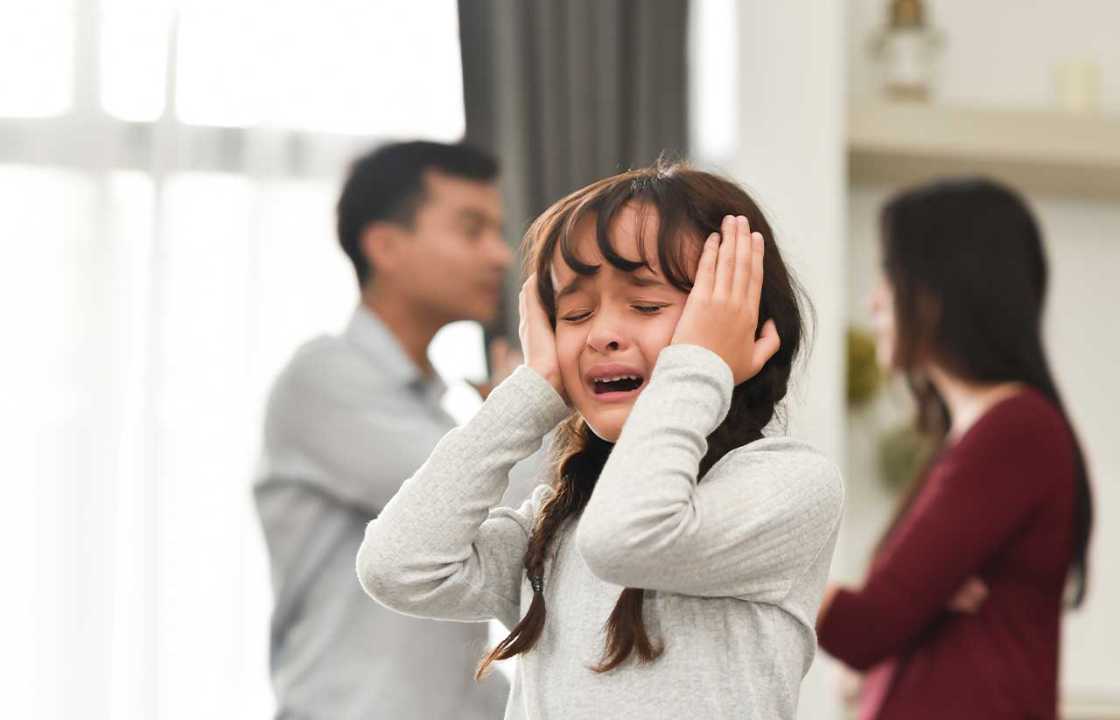Disorder, Mental Health
Childhood Schizophrenia
Childhood schizophrenia stands as a rare but profound mental disorder, wherein the young minds of children and teenagers interpret reality in abnormal ways. The spectrum of this disorder encompasses cognitive, behavioral, and emotional challenges, often manifesting as hallucinations, delusions, and significantly disordered thinking and behavior that hinder a child’s ability to function effectively.
While sharing similarities with schizophrenia in adults, childhood schizophrenia begins its intricate dance with the psyche at an early age, typically in the teenage years. This early onset poses distinctive challenges for diagnosis, treatment, education, and the emotional and social development of the child. The Mayo Clinic underscores the gravity of this condition, emphasizing the necessity of lifelong treatment and the potential for improved long-term outcomes with early identification and intervention.
Symptoms Unveiled
The tapestry of schizophrenia unfolds through a myriad of symptoms affecting thinking, behavior, and emotions. Delusions, hallucinations, and disorganized speech characterize the condition, culminating in a noticeable impairment of the child’s ability to function. While in most cases, schizophrenia symptoms emerge in the mid- to late 20s, early onset is marked when the condition begins before the age of 18. A rarity in itself, onset in children younger than 13 adds an extra layer of complexity.
Early Signs and Later Developments
Detecting schizophrenia in children and teenagers proves challenging, with early signs often mirroring typical developmental changes or symptoms of other mental or physical conditions. Early indicators may include problems with thinking and reasoning, bizarre ideas or speech, withdrawal from social circles, sleep disturbances, and a lack of motivation. As children with schizophrenia age, more typical signs emerge, encompassing delusions, hallucinations, disorganized thinking, and abnormal motor behavior.
Understanding the Causes and Risk Factors
The precise origin of childhood schizophrenia remains elusive, but researchers postulate a convergence of genetics, brain chemistry, and environmental factors contributing to its development. A family history of schizophrenia, immune system activation, older paternal age, pregnancy and birth complications, and psychoactive drug usage during adolescence are among the identified risk factors.
Navigating Complications
Left untreated, childhood schizophrenia can unleash a cascade of severe complications, spanning from suicidal thoughts and self-injury to anxiety disorders, depression, substance abuse, family conflicts, social isolation, and various health and medical problems. The Mayo Clinic underscores the importance of early identification and treatment to prevent the progression of these complications and enhance the long-term outlook for affected children.
The Road to Diagnosis
Diagnosing childhood schizophrenia involves a meticulous process of ruling out other mental health disorders and ensuring symptoms are not attributed to alcohol or drug use, medication, or underlying medical conditions. Physical exams, tests, screenings, psychiatric evaluations, and adherence to diagnostic criteria outlined in the DSM-5 constitute the diagnostic journey, often fraught with complexities.
Crafting a Treatment Tapestry
Childhood schizophrenia necessitates lifelong treatment, a formidable challenge for both children and their families. A multidisciplinary treatment team, led by experienced child psychiatrists, may include psychologists, psychiatric nurses, social workers, family members, pharmacists, and case managers. The primary treatment modalities include medications, psychotherapy, life skills training, and, in severe cases, hospitalization.
Medications
Antipsychotic medications, both first and second-generation, form the cornerstone of pharmacological interventions. Balancing the efficacy of symptom management with potential side effects, particularly in children, requires careful consideration and ongoing adjustments. The Mayo Clinic highlights the significance of monitoring medication side effects and potential interactions with other substances.
Psychotherapy and Life Skills Training
In addition to medications, psychotherapy plays a pivotal role in managing symptoms and aiding children and their families in coping with the challenges of schizophrenia. Cognitive-behavioral therapy and family therapy offer valuable tools in reducing symptoms, improving coping mechanisms, and enhancing overall well-being. Life skills training focuses on equipping children with the necessary social, academic, and vocational skills to navigate daily life effectively.
Hospitalization
During crises or severe symptomatic periods, hospitalization may become a necessity to ensure the safety of the child and provide essential care. Partial hospitalization and residential care might follow, offering a progressive transition from acute care to a stable state.
Lifestyle and Home Remedies
Active participation in a child’s care involves adhering to treatment plans, monitoring medication adherence, and creating a supportive environment. Prioritizing physical activity, healthy eating, and avoiding alcohol, recreational drugs, and nicotine form integral components of home-based care.
Coping and Support
Coping with childhood schizophrenia extends beyond the affected child to involve the entire family. Education about the condition, participation in support groups, seeking professional help when overwhelmed, setting and staying focused on treatment goals, and cultivating healthy outlets for emotional expression contribute to effective coping strategies.
The Role of Future Planning
As the journey with childhood schizophrenia unfolds, planning for the future becomes essential. Social service assistance, including programs for jobs, affordable housing, transportation, and crisis support, can be invaluable. A collaborative approach involving case managers and the treatment team ensures a holistic and ongoing strategy for the child’s well-being.
Conclusion
In conclusion, childhood schizophrenia emerges as a complex and multifaceted mental disorder, necessitating a comprehensive approach to diagnosis, treatment, and ongoing care. The interplay of symptoms, risk factors, and potential complications underscores the importance of early identification and intervention. Through a synergy of medical, psychological, and supportive measures, the trajectory of childhood schizophrenia can be influenced positively, providing affected children with the tools to navigate life’s challenges and thrive to the best of their abilities. The Mayo Clinic’s comprehensive insights into childhood schizophrenia serve as a valuable resource for families, healthcare professionals, and the broader community, fostering awareness, understanding, and compassionate care for those touched by this intricate condition.

